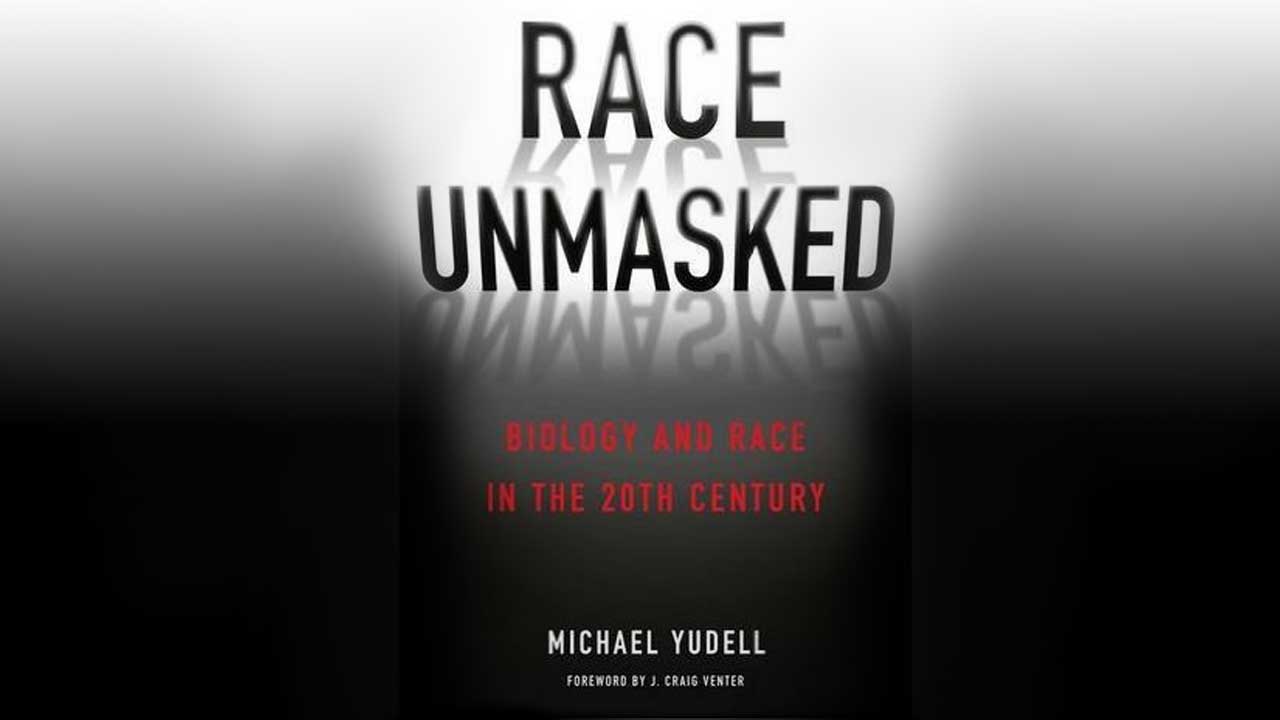The Great Migration and African-American Genomic Diversity
PLOS Genetics
2016-05-27
27 pages
DOI: 10.1371/journal.pgen.1006059
Soheil Baharian
Department of Human Genetics
McGill University, Montreal, Quebec, Canada
Genome Quebec Innovation Centre, Montreal, Quebec, Canada
Maxime Barakatt
McGill University and Genome Quebec Innovation Centre, Montreal, Quebec, Canada
Christopher R. Gignoux
Department of Genetics
Stanford University School of Medicine, Stanford, California
Suyash Shringarpure
Department of Genetics
Stanford University School of Medicine, Stanford, California
Jacob Errington
Department of Human Genetics
McGill University, Montreal, Quebec, Canada
Genome Quebec Innovation Centre, Montreal, Quebec, Canada
William J. Blot
Division of Epidemiology
Vanderbilt University School of Medicine, Nashville, Tennessee
International Epidemiology Institute, Rockville, Maryland
Carlos D. Bustamante
Department of Genetics
Stanford University School of Medicine, Stanford, California
Eimear E. Kenny
Department of Genetics and Genomic Sciences
The Icahn School of Medicine at Mount Sinai, New York, New York
Scott M. Williams
Department of Genetics
Institute for Quantitative Biomedical Sciences, Dartmouth College, Hanover, New Hampshire
Melinda C. Aldrich
Division of Epidemiology, Department of Thoracic Surgery
Vanderbilt University School of Medicine, Nashville, Tennessee
Simon Gravel
Department of Human Genetics
McGill University, Montreal, Quebec, Canada
Genome Quebec Innovation Centre, Montreal, Quebec, Canada

Fig 3. Pairwise genetic relatedness across US census regions among (A) African-Americans, (B) European-Americans, and (C) African-Americans and European-Americans. (D) Census-based prediction for African-Americans (see Materials and Methods). On each map, the line connecting two regions shows the average relatedness between individuals in those regions, and the thickness and opacity of the lines are on a linear scale between the minimum and maximum values shown above the map. Relatedness between regions with fewer than 10,000 possible pairs of individuals is not shown (see Materials and Methods for details). All numbers are in units of cM. (E) Decay of average IBD (shown in logarithmic scale) as a function of distance using IBD segments of length 18cM or longer from HRS (dots), compared to the analytical model (lines). |
Abstract
We present a comprehensive assessment of genomic diversity in the African-American population by studying three genotyped cohorts comprising 3,726 African-Americans from across the United States that provide a representative description of the population across all US states and socioeconomic status. An estimated 82.1% of ancestors to African-Americans lived in Africa prior to the advent of transatlantic travel, 16.7% in Europe, and 1.2% in the Americas, with increased African ancestry in the southern United States compared to the North and West. Combining demographic models of ancestry and those of relatedness suggests that admixture occurred predominantly in the South prior to the Civil War and that ancestry-biased migration is responsible for regional differences in ancestry. We find that recent migrations also caused a strong increase in genetic relatedness among geographically distant African-Americans. Long-range relatedness among African-Americans and between African-Americans and European-Americans thus track north- and west-bound migration routes followed during the Great Migration of the twentieth century. By contrast, short-range relatedness patterns suggest comparable mobility of ∼15–16km per generation for African-Americans and European-Americans, as estimated using a novel analytical model of isolation-by-distance.
Author Summary
Genetic studies of African-Americans identify functional variants, elucidate historical and genealogical mysteries, and reveal basic biology. However, African-Americans have been under-represented in genetic studies, and relatively little is known about nation-wide patterns of genomic diversity in the population. Here, we study African-American genomic diversity using genotype data from nationally and regionally representative cohorts. Access to these unique cohorts allows us to clarify the role of population structure, admixture, and recent massive migrations in shaping African-American genomic diversity and sheds new light on the genetic history of this population.
Read the entire article here.


